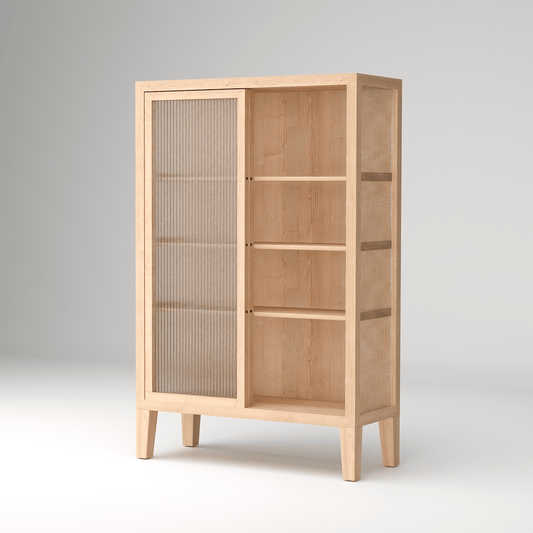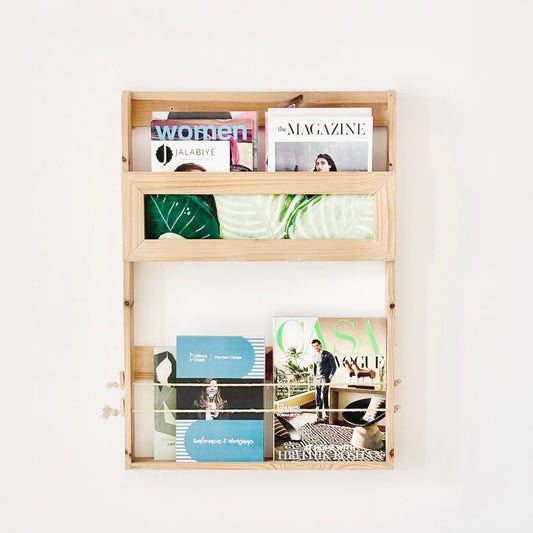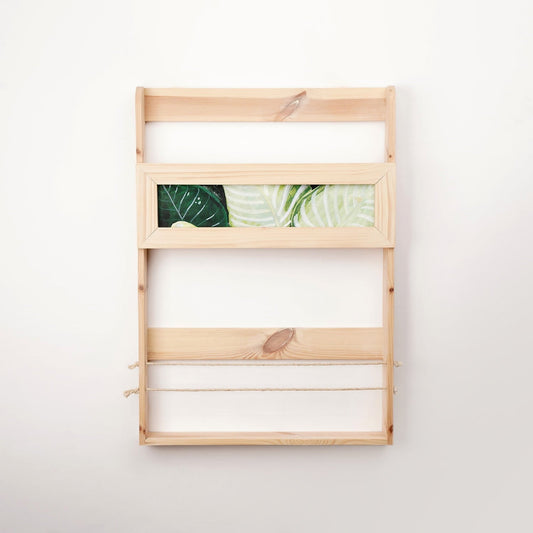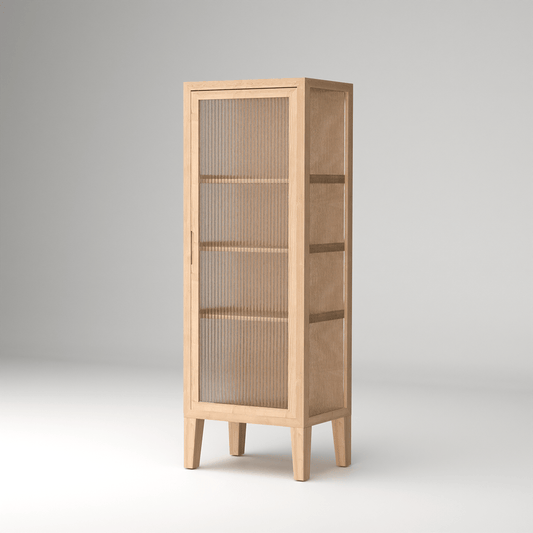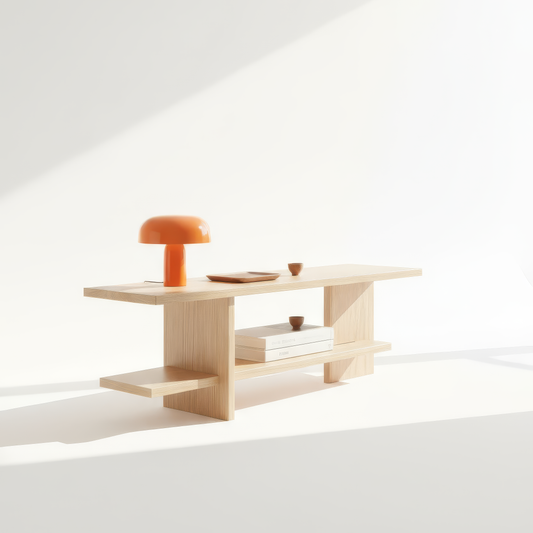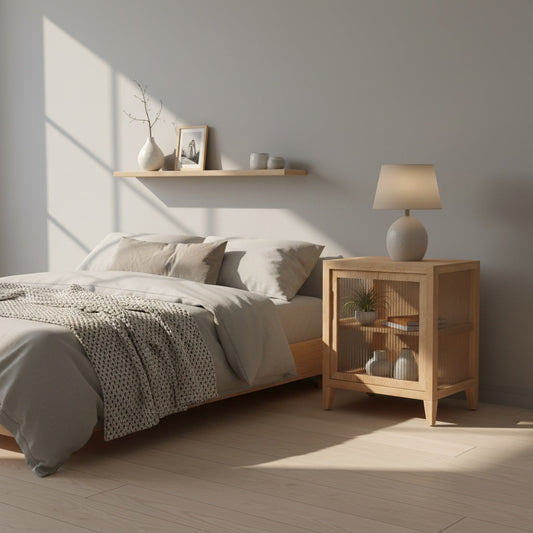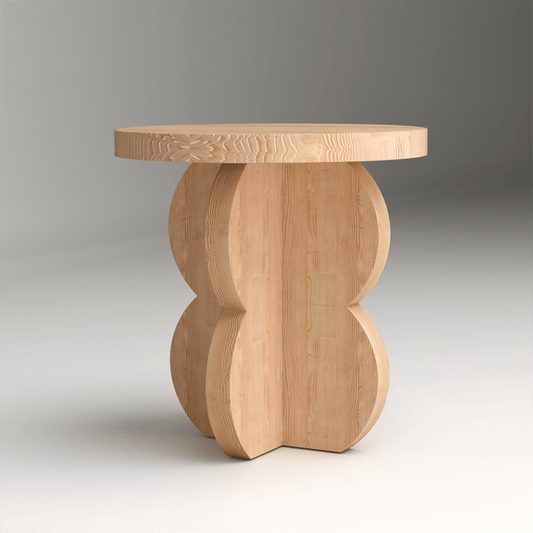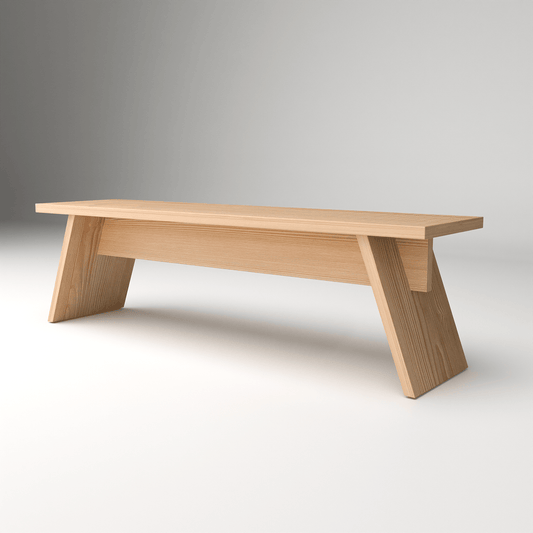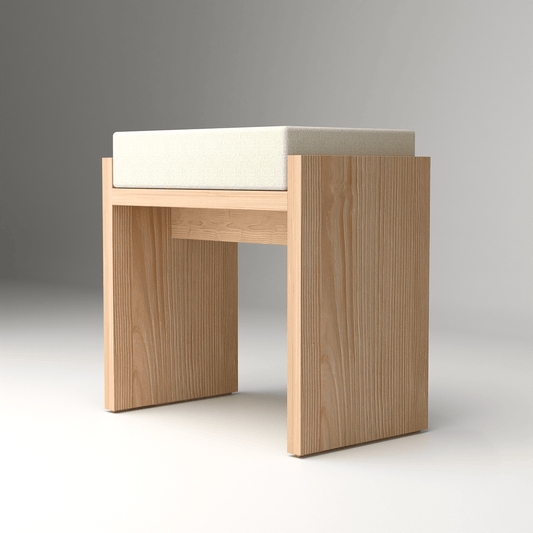The Danish concept of hygge and Japanese minimalism might seem like opposing forces, but their fusion in Japandi design creates some of the most inviting and livable interiors imaginable. This harmonious blend proves that minimalism doesn't have to mean cold or sterile; instead, it can be warm, welcoming, and deeply comforting. By understanding how to balance the cozy contentment of hygge with the serene simplicity of Japanese aesthetics, you can create homes that are both visually calm and emotionally nourishing.
Understanding Hygge in Interior Design
The Essence of Cozy Contentment
Hygge (pronounced "hoo-gah") represents the Danish art of creating atmosphere and enjoying life's simple pleasures. In interior design, hygge translates to spaces that feel warm, inviting, and conducive to relaxation and connection. It's about creating environments where you want to linger, where conversations flow naturally, and where everyday moments become special.
Hygge Elements in Home Design
Soft Lighting: Warm, gentle illumination that creates intimate atmospheres Natural Textures: Materials that invite touch and provide comfort Comfortable Seating: Furniture that encourages relaxation and gathering Personal Touches: Objects that carry meaning and tell personal stories
Balancing Hygge with Japanese Minimalism
Finding the Sweet Spot
The challenge in creating cozy Japandi interiors lies in maintaining the visual simplicity of Japanese minimalism while incorporating the warmth and comfort that define hygge. This balance requires careful selection of elements that serve both aesthetic and emotional purposes.
Shared Values
Natural Material Appreciation: Both traditions celebrate authentic, organic materials Quality Over Quantity: Preferring fewer, better-made items Seasonal Awareness: Connecting interior spaces to natural cycles Mindful Living: Creating spaces that support intentional, present-moment awareness
Creating Cozy Minimalist Spaces
Texture as Warmth
Layered Textiles: Multiple fabric layers that add warmth without visual clutter Natural Fiber Priority: Wool, linen, and cotton that feel authentic and comfortable Varied Weaves: Different textile textures that create visual and tactile interest Seasonal Rotation: Changing textiles to reflect seasons and maintain freshness
The Minimalist Wooden Hand Towel Rail at ₹4,490 exemplifies this balance, providing functional beauty while supporting the hygge practice of displaying beautiful, soft towels that invite touch and use.
Lighting for Atmosphere
Warm Color Temperatures: Bulbs that mimic candlelight and firelight Multiple Light Sources: Layered illumination that creates depth and interest Dimmable Options: Lighting that adapts to different moods and activities Natural Material Fixtures: Lamps made from wood, ceramic, and other organic materials
Room-by-Room Cozy Minimalism
Living Room Hygge
Comfortable Seating Arrangements: Sofas and chairs that invite relaxation Soft Throw Integration:Blankets and pillows that add warmth and comfort Coffee Table Styling: Simple surfaces with carefully chosen objects Reading Nooks: Dedicated spaces for quiet contemplation and book enjoyment
Bedroom Sanctuary
Layered Bedding: Multiple textile layers that create visual and physical warmth Soft Lighting Options:Bedside lamps that create intimate atmospheres Comfortable Seating: Chairs or benches for quiet morning and evening rituals Personal Object Display: Meaningful items that create emotional connection
The Nordic Fluted Glass Bedside Table at ₹27,900 demonstrates how functional furniture can contribute to bedroom hygge, providing both practical storage and a beautiful surface for displaying cherished objects that create personal connection.
Kitchen and Dining Warmth
Natural Wood Elements: Cutting boards, utensils, and surfaces that add warmth Ceramic and Pottery:Handmade dishes that invite touch and use Herb Gardens: Fresh plants that connect cooking to nature Gathering Spaces: Dining areas that encourage lingering and conversation
Home Office Comfort
Natural Material Desks: Work surfaces in wood that feel warm and inviting Comfortable Seating: Chairs that support long work sessions while maintaining comfort Personal Inspiration: Meaningful objects that motivate without creating clutter Natural Light Access: Positioning that connects work to outdoor views and daylight
Color Palettes for Cozy Minimalism
Warm Neutral Foundations
Cream and Ivory: Soft whites that feel warmer than stark white Warm Grays: Cool colors with undertones that add warmth Natural Wood Tones: Timber colors that ground spaces and add organic warmth Soft Beiges: Earth colors that create comfortable, welcoming atmospheres
Accent Color Integration
Muted Earth Tones: Colors drawn from nature that add warmth without overwhelming Seasonal Color Changes: Subtle shifts that reflect natural cycles Personal Color Touches: Individual preferences expressed through textiles and accessories Monochromatic Warmth: Limited palettes that create unity while maintaining interest
Textile Selection for Cozy Comfort
Natural Fiber Priority
Wool Elements: Natural insulation that adds both warmth and texture Linen Softness: Breathable fabrics that become more comfortable with use Cotton Comfort: Versatile materials that work in all seasons Cashmere Touches: Luxury fibers used sparingly for special comfort
Layering Strategies
Multiple Blanket Layers: Different weights and textures for varied comfort Pillow Combinations: Various sizes and textures that invite relaxation Rug Layering: Multiple floor coverings that add warmth and define spaces Seasonal Textile Changes: Rotating fabrics to maintain freshness and seasonal connection
Furniture Selection for Cozy Minimalism
Comfort-First Seating
Soft Upholstery: Furniture coverings that invite touch and relaxation Ergonomic Design: Seating that supports the body while maintaining aesthetic appeal Flexible Arrangements: Furniture that can be reconfigured for different social needs Reading Chairs: Dedicated seating for quiet, contemplative activities
Storage That Maintains Warmth
Natural Wood Cabinets: Storage solutions that add warmth rather than sterility Woven Baskets: Organic storage containers that add texture and interest Open Shelving: Display storage that allows for personal object arrangement Hidden Organization: Storage that maintains clean aesthetics while preserving comfort
Plant Integration for Living Warmth
Plant Selection for Cozy Spaces
Soft, Rounded Forms: Plants with gentle shapes that complement comfortable furniture Seasonal Interest:Species that change throughout the year Fragrant Varieties: Plants that add sensory richness to spaces Easy-Care Options: Species that thrive with minimal maintenance
Natural Container Choices
Ceramic Planters: Earth-based containers that feel warm and authentic Woven Baskets: Natural fiber containers that add texture Wooden Boxes: Planters that integrate with furniture materials Vintage Vessels:Repurposed containers that add character and story
Creating Hygge Rituals in Minimalist Spaces
Daily Comfort Practices
Morning Coffee Rituals: Creating special moments around daily beverages Evening Wind-Down: Spaces and practices that support relaxation Reading Time: Dedicated periods and spaces for book enjoyment Candlelight Moments: Using flame lighting to create intimate atmospheres
Seasonal Celebrations
Textile Rotation: Changing fabrics to reflect seasons Natural Decoration: Using seasonal elements from nature Comfort Food Preparation: Kitchen spaces that support nourishing cooking Gathering Facilitation:Spaces that encourage social connection
Technology Integration Without Disruption
Hidden Technology Solutions
Concealed Wiring: Cable management that maintains visual peace Natural Material Housings: Device covers that blend with organic materials Designated Tech Zones: Specific areas that contain digital elements Mindful Use Practices: Intentional technology use that supports rather than disrupts hygge
Digital Minimalism
Screen-Free Zones: Areas dedicated to non-digital activities Natural Light Priority: Spaces designed around daylight rather than screens Analog Alternatives: Non-digital options for entertainment and relaxation Connection Focus: Using technology to enhance rather than replace human connection
Maintenance and Care for Cozy Spaces
Preserving Comfort
Gentle Cleaning Methods: Techniques that maintain textile softness and material warmth Regular Refresh Practices: Routines that keep spaces feeling fresh and inviting Seasonal Maintenance: Adjusting care routines based on changing needs Comfort Protection: Preserving the elements that make spaces feel cozy
Long-Term Comfort Preservation
Quality Investment: Choosing items that maintain comfort over time Repair and Restoration: Maintaining beloved items rather than replacing them Evolution Acceptance: Allowing spaces to develop character and comfort over time Personal Touch Addition: Gradually adding elements that increase personal connection
Budget Approaches to Cozy Minimalism
Investment Priorities
Comfort Essentials: Prioritizing items that directly contribute to physical comfort Quality Textiles: Investing in fabrics that improve with age and use Lighting Solutions: Creating warm, inviting illumination throughout spaces Seating Comfort: Choosing furniture that truly supports relaxation
Cost-Effective Strategies
Textile Layering: Using multiple affordable pieces to create rich, comfortable environments DIY Comfort Elements: Creating personal touches through handmade items Seasonal Shopping: Timing purchases for maximum value on comfort items Gradual Building: Developing cozy elements over time rather than all at once
Cultural Sensitivity and Personal Expression
Respectful Integration
Understanding Origins: Learning about the cultural roots of hygge and Japanese minimalism Authentic Application: Using principles rather than copying specific cultural practices Personal Interpretation:Making cozy minimalism work for individual lifestyles Evolution Acceptance: Allowing understanding and application to grow over time
Modern Adaptation
Contemporary Needs: Applying traditional concepts to modern living requirements Family Life Integration:Creating cozy minimalism that works for households with children Cultural Fusion: Respectfully combining elements from different traditions Individual Expression: Making spaces reflect personal values and preferences
The Psychology of Cozy Minimalism
Emotional Well-Being Benefits
Stress Reduction: Spaces that actively promote relaxation and calm Connection Enhancement:Environments that encourage meaningful relationships Comfort Security: Spaces that feel safe and nurturing Present Moment Focus: Environments that encourage mindful, intentional living
Lifestyle Enhancement
Quality Time Priority: Spaces that support meaningful activities and connections Seasonal Awareness:Living in harmony with natural cycles and changes Mindful Consumption: Choosing items that truly contribute to well-being Authentic Living: Creating spaces that reflect genuine values and preferences
Creating Your Cozy Minimalist Journey
Hygge meets minimalism in Japandi design to create some of the most livable and emotionally satisfying interiors possible. By understanding how to balance visual simplicity with physical and emotional comfort, you can create homes that are both beautiful to look at and wonderful to live in.
The key to successful cozy minimalism lies in understanding that true comfort comes not from abundance, but from the thoughtful selection of elements that truly contribute to well-being. Whether you start by adding a single cozy textile or gradually transform your entire approach to home comfort, this fusion of hygge and minimalism offers a pathway to creating spaces that nurture both body and soul.



